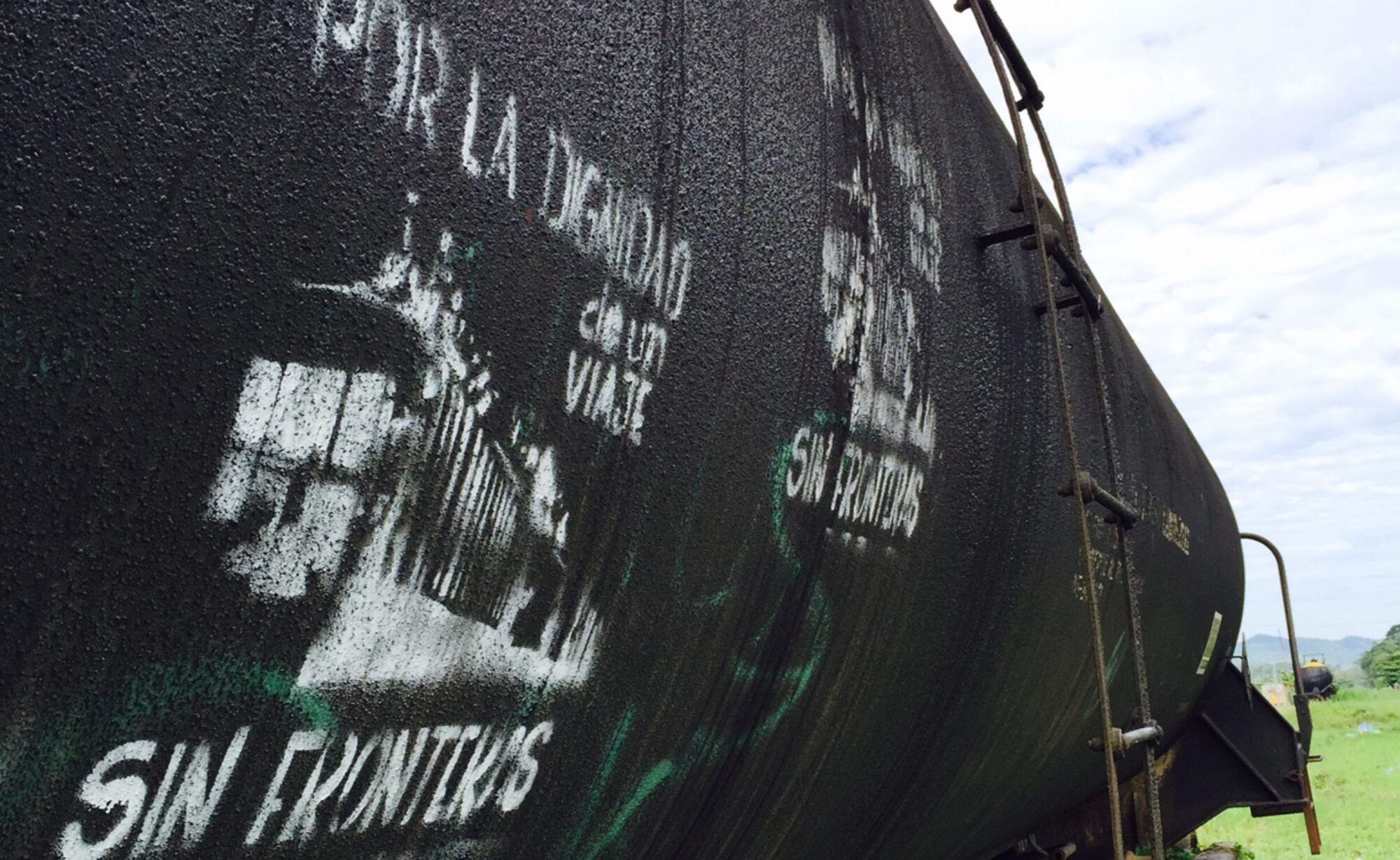With the agility of a seasoned Border Patrol veteran, the woman rushed after the students. She caught up with them just before they entered the exhibition hall of the eighth annual Border Security Expo, reaching out and grabbing the nearest of them by the shoulder. Slightly out of breath, she said, “You can’t go in there, give me back your badges.”
The astonished students had barely caught a glimpse of the dazzling pavilion of science-fiction-style products in that exhibition hall at the Phoenix Convention Center. There, just beyond their view, more than 100 companies, including Raytheon, General Dynamics, and Verizon, were trying to sell the latest in futuristic border policing technology to anyone with the money to buy it.
Read the rest here on TomDispatch: http://www.tomdispatch.com/blog/175834/tomgram%3A_todd_miller%2C_the_creation_of_a_border_security_state
And please check out Tom Engelhardt’s introduction (which will appear when you click the above link) to see how you by purchasing the book you can support the great journalism produced by TomDispatch.
